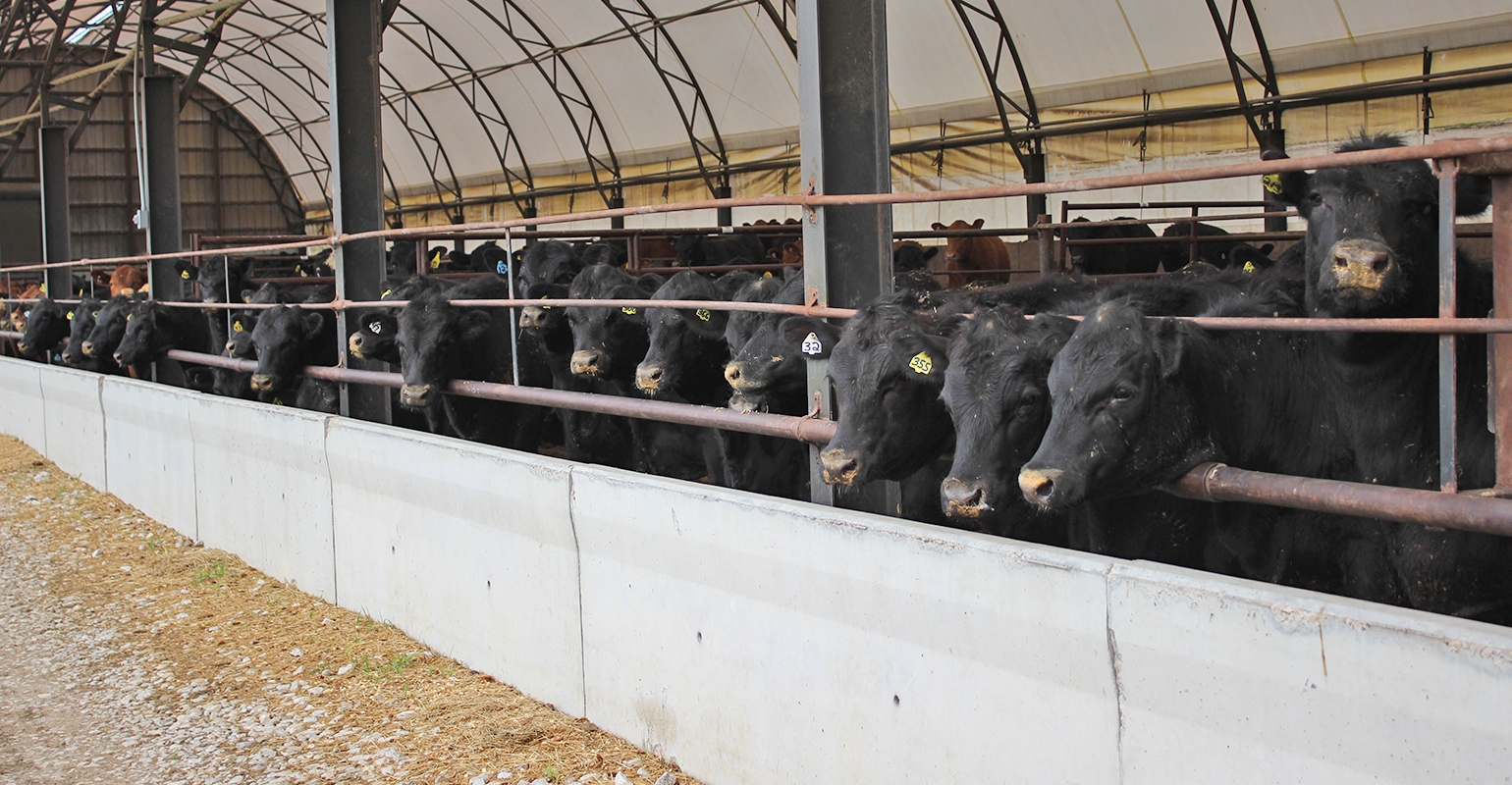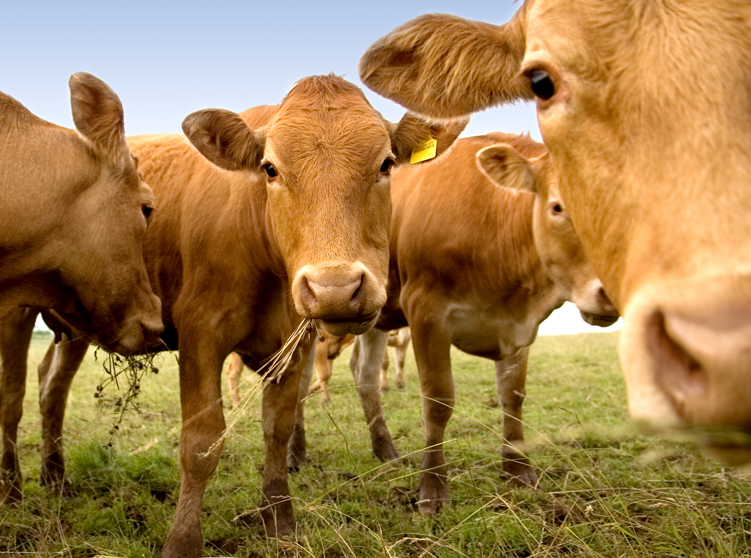Comprehending Livestock Threat Protection (LRP) Insurance Policy: A Comprehensive Overview
Navigating the realm of animals risk protection (LRP) insurance policy can be a complicated undertaking for numerous in the agricultural field. This sort of insurance supplies a safety web versus market fluctuations and unpredicted conditions that could impact livestock manufacturers. By understanding the details of LRP insurance, manufacturers can make informed decisions that may protect their operations from financial risks. From exactly how LRP insurance works to the different coverage choices readily available, there is much to reveal in this comprehensive guide that could potentially form the way livestock manufacturers come close to danger administration in their companies.

How LRP Insurance Policy Works
Sometimes, recognizing the technicians of Livestock Threat Security (LRP) insurance can be intricate, yet damaging down exactly how it works can provide clarity for farmers and herdsmans. LRP insurance policy is a risk monitoring device created to secure livestock producers versus unexpected rate declines. The policy allows producers to set a coverage degree based on their particular requirements, choosing the variety of head, weight array, and coverage cost. As soon as the plan is in place, if market rates fall below the protection rate, manufacturers can submit a case for the distinction. It is very important to note that LRP insurance coverage is not a profits warranty; rather, it concentrates only on cost danger security. The protection period usually ranges from 13 to 52 weeks, giving adaptability for manufacturers to select a duration that lines up with their manufacturing cycle. By using LRP insurance policy, farmers and breeders can minimize the financial dangers associated with fluctuating market value, guaranteeing greater stability in their operations.
Eligibility and Coverage Options

When it comes to coverage alternatives, LRP insurance coverage provides producers the versatility to select the protection level, protection duration, and recommendations that ideal suit their risk administration needs. By understanding the eligibility criteria and insurance coverage alternatives available, livestock manufacturers can make enlightened decisions to take care of threat properly.
Benefits And Drawbacks of LRP Insurance
When evaluating Animals Threat Security (LRP) insurance policy, it is necessary for animals manufacturers to consider the downsides and benefits fundamental in this danger management device.

One of the primary benefits of LRP insurance is its capability to offer security against a decline in animals costs. This can help protect producers from economic losses resulting from market fluctuations. In addition, LRP insurance coverage uses a degree of adaptability, enabling producers to customize insurance coverage levels and plan durations to fit their particular needs. By securing an assured cost for their animals, manufacturers can much better handle danger and strategy for the future.
Nonetheless, there are also some disadvantages to consider. One constraint of LRP insurance is that it does not secure against all kinds of dangers, such as illness break outs or all-natural disasters. Costs can often be pricey, especially for manufacturers with large livestock herds. It is essential for manufacturers to thoroughly evaluate their individual danger direct exposure and economic circumstance to figure out if LRP insurance coverage is the appropriate risk monitoring device for their procedure.
Comprehending LRP Insurance Policy Premiums

Tips for Maximizing LRP Benefits
Taking full advantage of the advantages of Livestock Danger Protection (LRP) insurance coverage requires strategic planning and aggressive threat management - Bagley Risk Management. To make the most of your LRP coverage, this contact form consider the complying with tips:
Routinely Assess Market Problems: Remain educated concerning market patterns and price fluctuations in the animals sector. By checking these variables, you can make enlightened choices about when to buy LRP coverage to secure versus prospective losses.
Establish Realistic Insurance Coverage Degrees: When choosing insurance coverage degrees, consider your manufacturing prices, market value of animals, and potential risks - Bagley Risk Management. Setting practical protection levels makes sure that you are effectively secured without overpaying for unneeded insurance policy
Diversify Your Insurance Coverage: Rather than depending entirely on LRP insurance coverage, think about diversifying your threat management techniques. Combining LRP with other risk monitoring tools such as futures agreements or alternatives can offer comprehensive protection against market uncertainties.
Review and Adjust Coverage Consistently: As market problems change, occasionally evaluate your LRP protection to guarantee it straightens with your current risk direct exposure. Readjusting insurance coverage degrees and timing of acquisitions can aid optimize your threat protection method. By following these tips, you can maximize the advantages of LRP insurance policy and guard your animals procedure against unpredicted risks.
Verdict
Finally, livestock risk defense (LRP) insurance coverage is a valuable device for farmers to manage the financial risks related to their livestock procedures. By comprehending exactly how LRP works, qualification and insurance coverage alternatives, along with the benefits and drawbacks of this insurance coverage, farmers can make enlightened choices to secure their incomes. By carefully thinking about LRP premiums and executing methods to make the most of benefits, farmers can minimize prospective losses link and make certain the sustainability of their procedures.
Animals manufacturers interested in getting Animals Risk Defense (LRP) insurance coverage can explore a range of qualification requirements and protection choices customized to their particular animals procedures.When it comes to insurance coverage alternatives, LRP insurance provides producers the flexibility to choose the coverage level, coverage duration, and endorsements that best fit their threat management demands.To realize the complexities of Animals Threat Defense (LRP) insurance totally, understanding the factors affecting LRP insurance policy premiums is crucial. LRP insurance costs are identified by various components, including the insurance coverage degree selected, the anticipated price check my source of livestock at the end of the coverage duration, the type of animals being insured, and the size of the insurance coverage duration.Review and Readjust Insurance Coverage Consistently: As market problems alter, periodically evaluate your LRP coverage to guarantee it aligns with your present risk direct exposure.